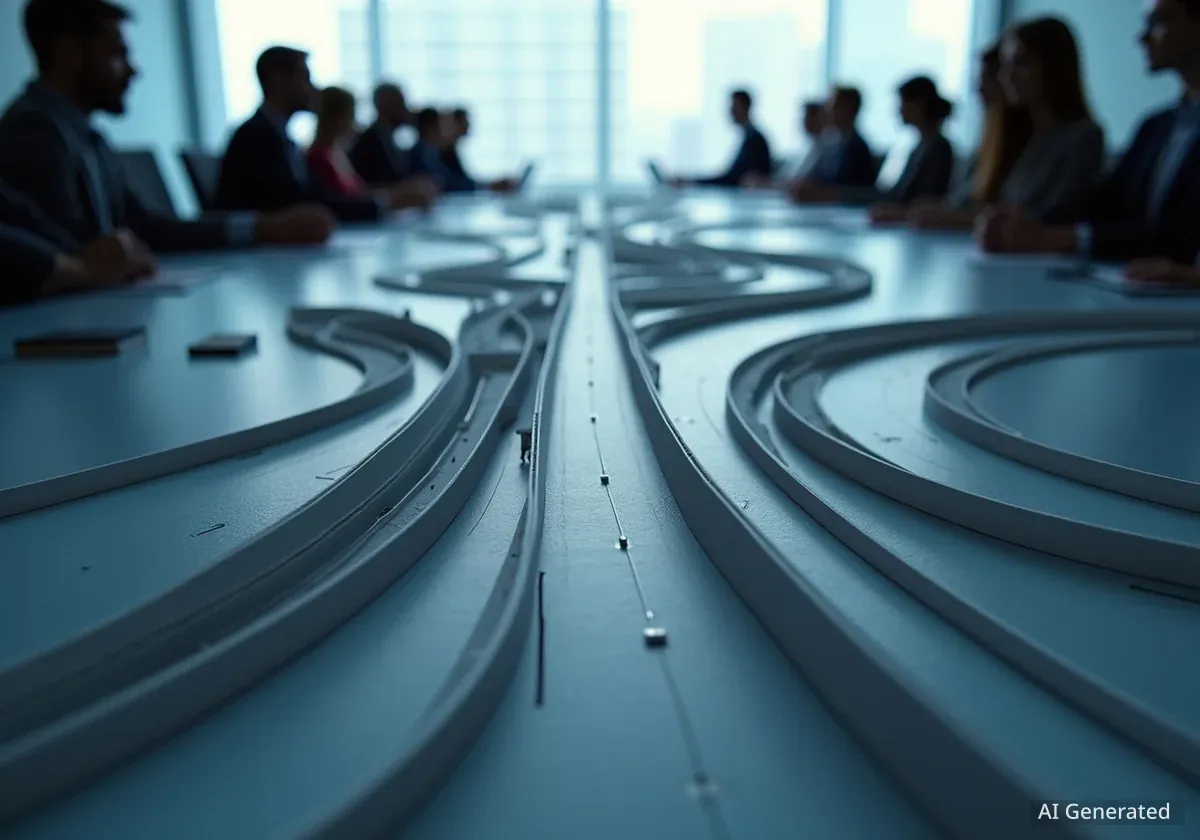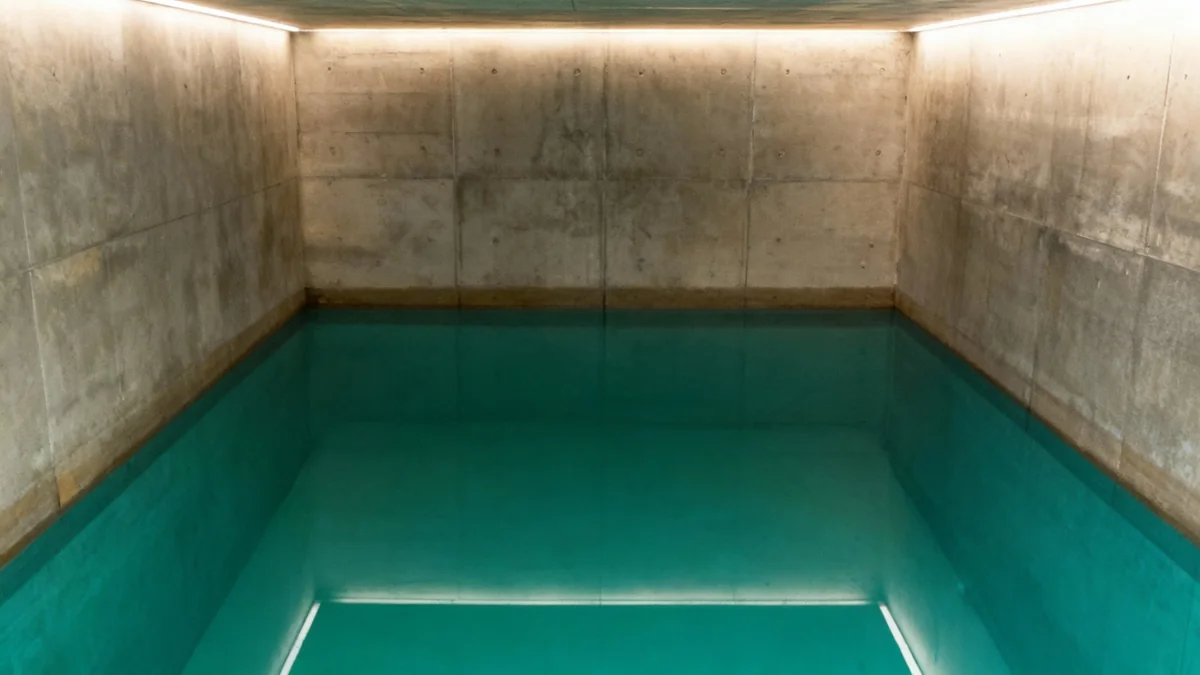A new report from ETH Zurich has cast doubt on the future of the Bern-East Bypass project, labeling the plan to move a section of the A6 motorway underground as a "low priority." This assessment has triggered immediate opposition from the City of Bern and the Municipality of Muri, which argue the report overlooks the project's critical role in urban renewal.
Key Takeaways
- An ETH Zurich study, titled "Verkehr '45," has classified the Bern-East Bypass tunnel as a low-priority traffic project.
- The report suggests that converting emergency lanes could achieve the necessary traffic capacity at a lower cost.
- The City of Bern and the Municipality of Muri have strongly criticized the report, emphasizing the project's urban repair and quality of life benefits.
- The controversy highlights a fundamental disagreement between a technical traffic-focused view and a broader urban planning perspective.
- The decision on the bypass could also affect the planned expansion of the Wankdorf motorway interchange.
ETH Report Questions Traffic Necessity
The study, led by ETH Professor Ulrich Weidmann, analyzed Switzerland's long-term transport infrastructure needs. Regarding the Bern-East Bypass, which involves relocating the A6 motorway between Wankdorf and Muri into a tunnel, the report concluded it was "of low priority from a traffic perspective."
According to the analysis, the required traffic capacity could be achieved more simply by repurposing the existing emergency lanes. The report suggests that the primary motivation for the expensive tunnel project is not traffic management but rather "urban planning."
A Tale of Two Goals
The Bern-East Bypass project has long been defined by conflicting objectives. While the Federal Roads Office (ASTRA) has primarily viewed it as a measure to eliminate a traffic bottleneck and expand capacity, local authorities have championed it as a form of "urban repair." The goal for them is to correct what they see as a 1960s planning error that routed a major motorway through a residential area.
The ETH study's methodology focused on technical criteria such as traffic flow, capacity bottlenecks, and the economic efficiency of infrastructure. From this narrow viewpoint, building a new four-lane tunnel to replace an existing four-lane motorway appeared to be an inefficient investment with minimal gains in traffic capacity relative to its high cost.
Local Governments Reject Findings
The reaction from the affected municipalities was swift and clear. On the day the ETH report was published, the Bern City Council issued a statement rejecting its conclusions. They argued that such a one-sided evaluation of major transport projects is no longer appropriate.
"From the City of Bern's perspective, a one-sided view of large transport projects is outdated. The advantages of the Bern-East Bypass are (...) primarily to be found in the unique opportunity for urban repair in eastern Bern," the city's press release stated.
The council urged the federal government to stand by its commitment to realizing the bypass. This sentiment was mirrored by the municipal council of Muri, which expressed regret over the project's downgrade.
450 Hectares of Potential
According to the Municipality of Muri, relocating the motorway underground would free up approximately 450 hectares of land across Bern, Muri, and Ostermundigen. This land could be repurposed for housing, green spaces, and other community uses, enabling denser urban development and significantly improving residents' quality of life.
For Muri, the project represents a vital step toward enhancing livability and supporting sustainable growth. Both municipalities are calling for a political correction that considers the significant urban planning benefits ignored by the technical report.
Broader Political Implications
Securing federal support for a project based on urban planning arguments may prove difficult. The Federal Department of the Environment, Transport, Energy and Communications (DETEC) has shown a preference for projects that expand road capacity.
This was demonstrated by Federal Councillor Albert Rösti's positive reception of the ETH report's recommendation to prioritize the Grauholz motorway expansion, a project that voters had rejected in a referendum in November 2024. This suggests the department's focus remains on increasing traffic flow rather than mitigating the negative impacts of existing infrastructure.
Residents Demand Immediate Action
While the debate over the bypass tunnel continues, residents in the affected area are demanding immediate relief. The local neighborhood association, QuaV4, called on the Canton of Bern in August to cover the existing motorway.
Jürg Krähenbühl, president of the association, stated that this measure is necessary to protect the community from constant noise and pollution, regardless of the long-term bypass decision. However, this proposed solution—covering the existing highway—is different from relocating it. Critics worry that covering the motorway would create a precedent for keeping it in the residential area permanently, undermining the larger goal of urban repair.
Impact on Wankdorf Interchange
The fate of the Bern-East Bypass is also linked to another major infrastructure project: the expansion of the Wankdorf motorway interchange, often dubbed the "Spaghetti Junction."
The Spurwechsel association, a group advocating for sustainable transport, noted in its response to the ETH report that the Wankdorf expansion was designed in close coordination with the bypass. A significant portion of the interchange's projected costs is for connecting ramps to the planned tunnel.
- If the bypass project is abandoned, the justification for the full Wankdorf expansion weakens considerably.
- Opponents argue that proceeding with the interchange expansion without the bypass would be illogical and financially irresponsible.
The report's reclassification of the bypass could inadvertently offer an opportunity. By shifting the project's primary justification from traffic to urban planning, it forces a new conversation about the future of the A6 in eastern Bern. This new debate would be centered not on accommodating more cars, but on meeting the needs of the city and its residents. Ultimately, the federal government may find it difficult to ignore the growing demand for urban repair and improved quality of life in Switzerland's cities.




